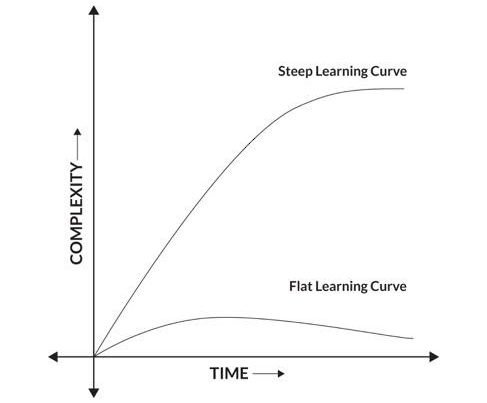
The way we are exploiting Earth’s natural resources, we might end up inheriting a barren planet sooner than expected. There’s a clarion call for inculcating sustainability in people’s behavior. Many governments are launching multiple initiatives toward this. However, these efforts have yet not yielded tangible benefits. There are three main reasons for this:
- The benefit of ‘Green’ behavior is not seen or experienced tangibly by people.
- Many a time, the costs of ‘Green’ products are higher than ‘Non-Green’ alternatives available in the market.
- Lack of awareness of what constitutes ‘Green’ behavior
I feel, focusing on the first one will take care of the second one too. The third aspect about awareness is another matter altogether
To refer to something as sustainable requires multiple factors to be addressed. The inter-linkages between these factors are often not very obvious. As a result of which, a consumer of a product or a service finds it extremely difficult to visualize the impact of his behavior, as ‘Green’ or ‘Non-Green’. An individual cannot SEE a direct benefit accruing to herself/himself by indulging in ‘Green’ behavior. An ecosystem needs to be created to make the benefits tangible.
HOW?
To tackle this, I envisage a system which tracks an individual’s consumption (of products as well as services) and allocates certain points based on the ‘Green Quotient’ of the products or services consumed. The points so accumulated could be aggregated and a corresponding exemption can be offered on the Income Tax return of an individual. This will be a tangible benefit and a strong incentive for people to shift toward ‘Green’ products and services. Yes, Green Behaviour can be quantified. Recently, a friend of mine who uses the ‘Car Pooling’ option on his Ola Cabs app, got the following email:

As can be seen the CO2 emmission has been quantified, so could the ‘Green Quotient’ be quantified.
To enable this system to work, a universal definition of ‘Green Quotient’ will have to be worked out. This quotient could be based on the multiple parameters such as material used (renewable/ non-renewable), energy source used (renewable/ non-renewable), LEED certification for the manufacturer/service provider etc. The list of parameters could be a long one, however, such auditing systems do exist in the world today and can be easily tapped to create a universal ‘Green Quotient’.
There exists technology to track purchases of individuals made using credit/debit cards. Thus every purchase of an individual will earn points for her/him depending on the type of products/services she/he consumes. The right to keep a transaction undisclosed should rest with the individual, so the problem of unrestricted intrusion could be taken care of. The cumulative score will be termed as the ‘Green Quotient’ of an individual. The points thus accumulated, can be swapped for income tax exemptions at the end of a financial year. Gradually, people would realize that, the exemption accrued through ‘Green’ behavior can match or exceed the supposed savings obtained through non-green behavior. This would enhance ‘Green’ behavior. As ‘Green’ products become more popular and get sold in larger volumes the price differential between them and non-green ones would thin down and ultimately vanish.



